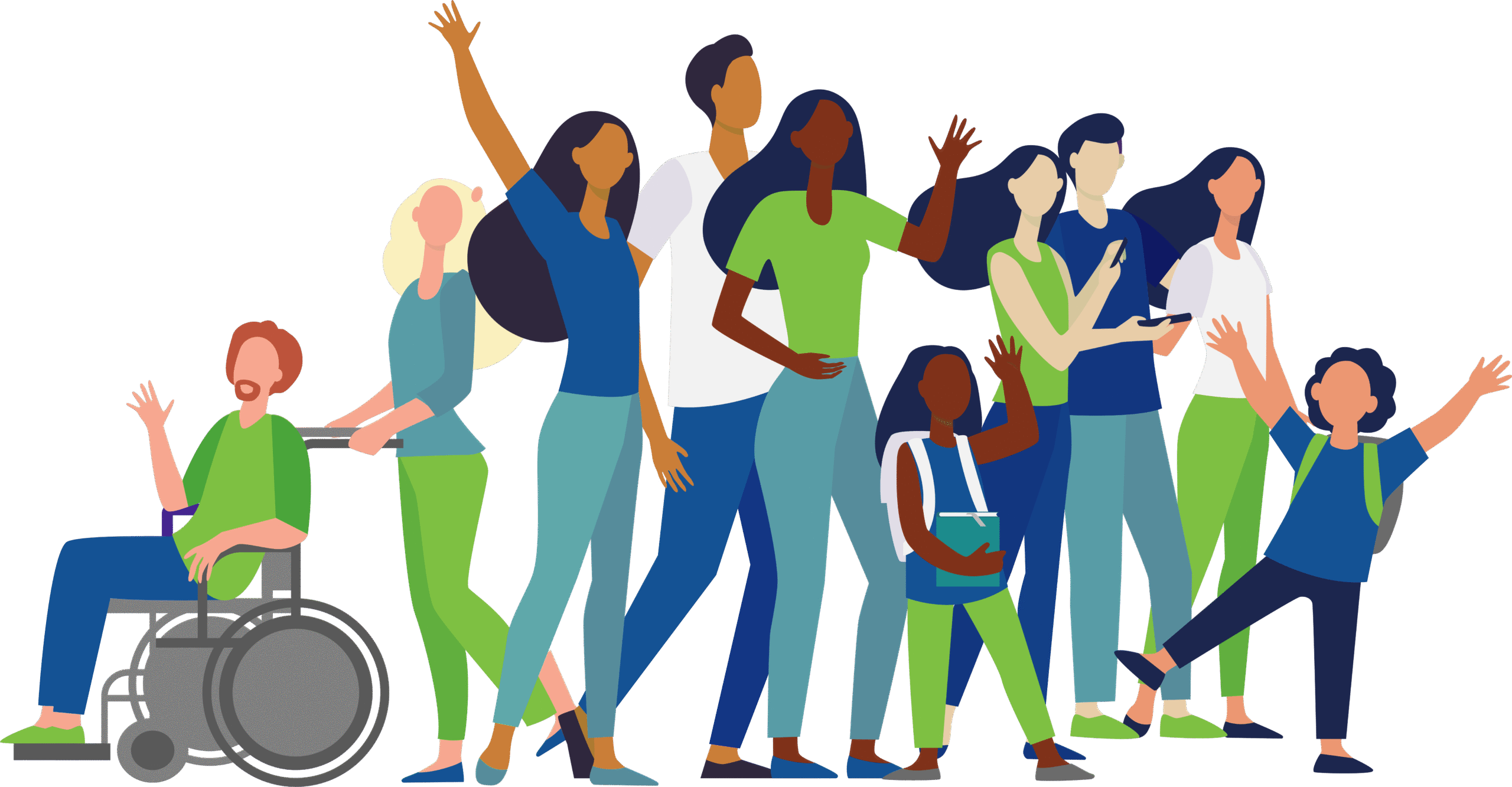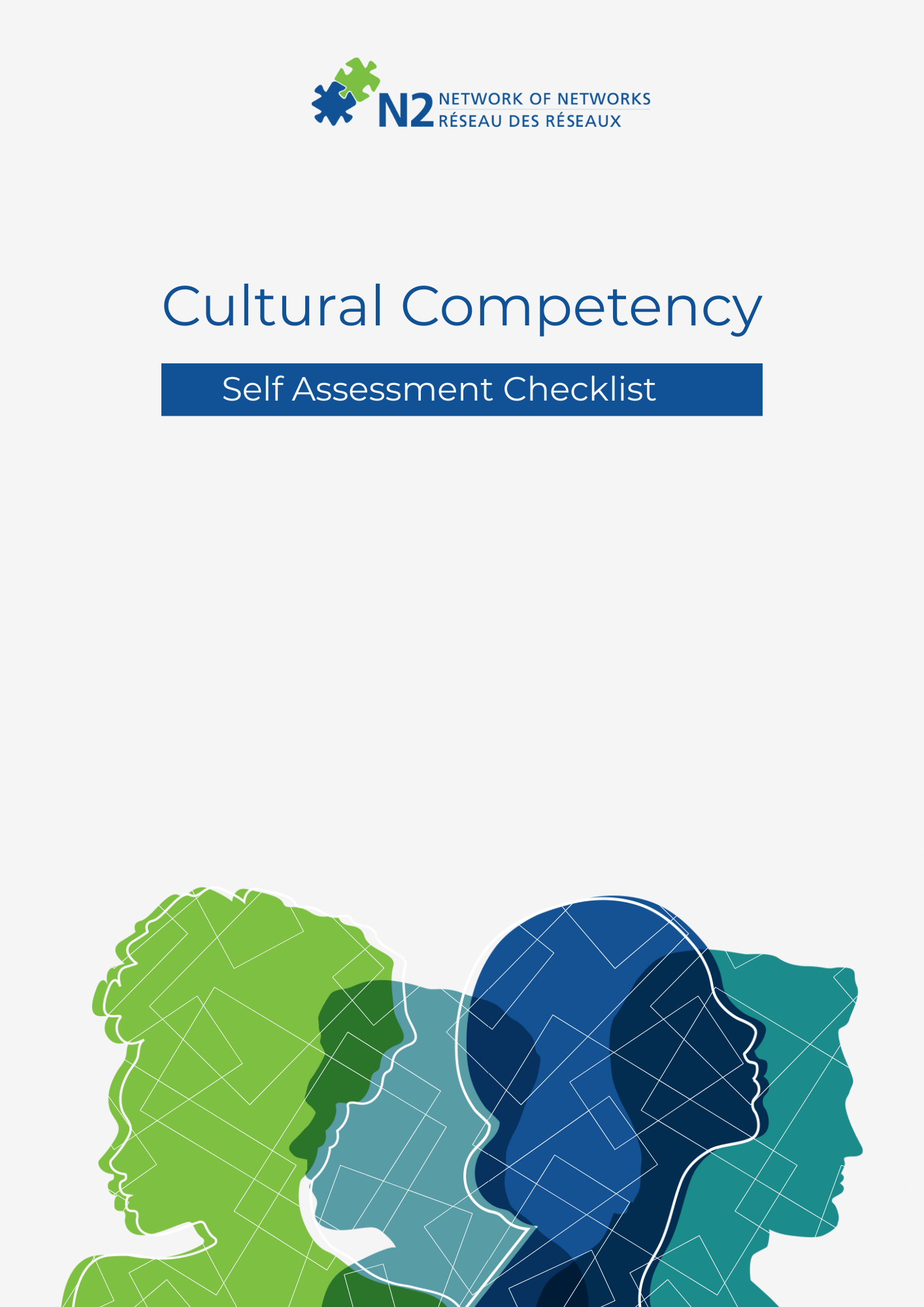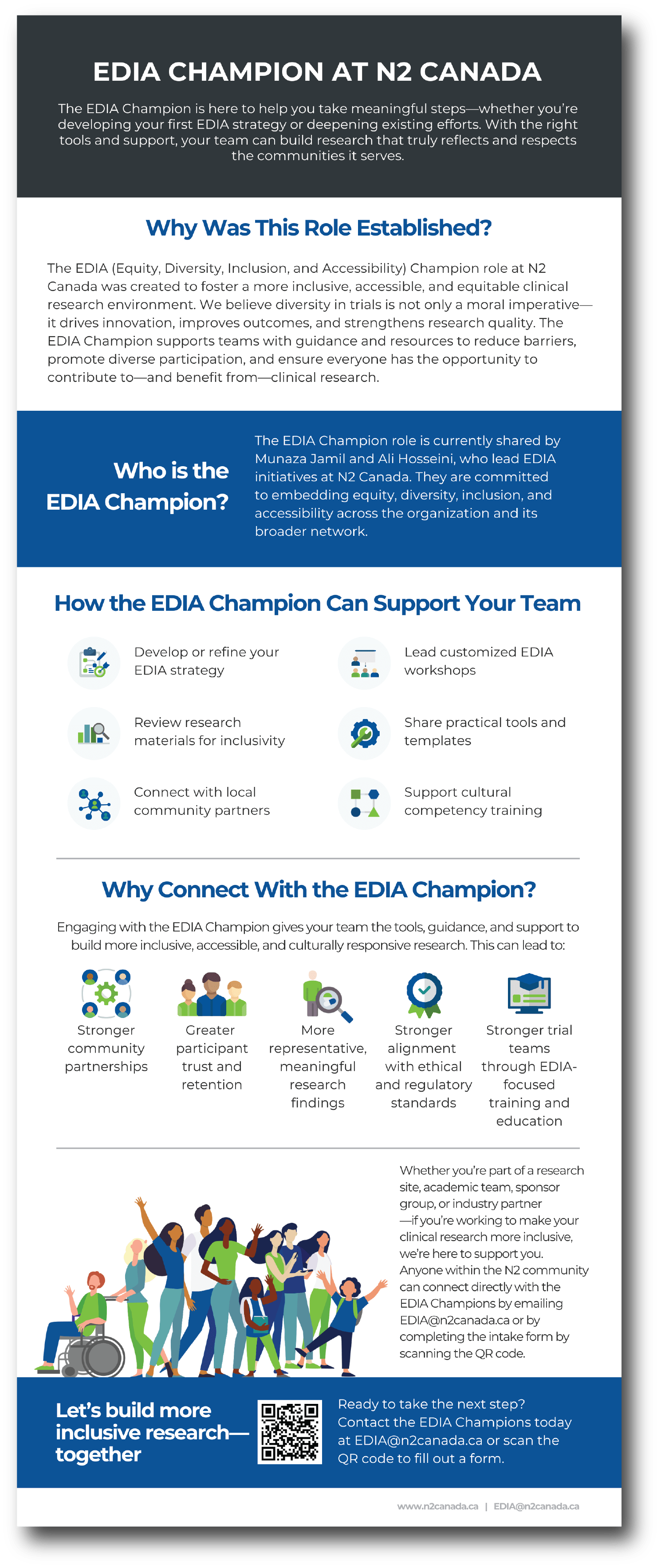Embedding Equity at the Core of Clinical Research
Clinical research is most effective when it reflects the diversity of the populations it aims to serve. At N2, we support researchers in embedding equity, diversity, inclusion, and accessibility (EDIA) into every stage of the research process.
This section includes tools to help you:
- Apply EDIA principles in study design, recruitment, and reporting
- Build inclusive research environments that welcome diverse participants and teams
- Identify and reduce barriers to participation in clinical trials
- Support culturally responsive approaches that engage communities
- Champion equity-driven leadership across your organization

N2 EDIA Champions
As part of our commitment to advancing Equity, Diversity, Inclusion, and Accessibility (EDIA), we created the N2 EDIA Champion role—currently held by Munaza Jamil and Ali Hosseini.
This role continues to evolve with the needs of our members. Currently, the Champions support N2 by:
- Responding to EDIA-related questions from N2 members
- Advising N2 leadership on integrating EDIA principles into initiatives and governance

EDIA Champions Contact Form
To get in touch with the EDIA Champions please fill out this webform or contact them at EDIA@n2canada.ca
Cultural Competency Self-Assessment Checklist
Available in English and French | Member Access Only
This self-assessment checklist helps clinical research professionals reflect on their cultural competency when working with diverse populations. Grounded in EDIA principles (Equity, Diversity, Inclusion, and Accessibility), it promotes professional growth by encouraging users to examine their awareness, attitudes, knowledge, and practices through an inclusive lens.
Use this tool to:
- Evaluate your current level of cultural competency
- Identify strengths and opportunities for growth
- Support inclusive study design and participant engagement
- Reflect on how cultural responsiveness shapes your daily work


EDIA in Practice: Your Questions Answered
What is EDIA in Clinical Research?
Implementing Equity, Diversity, Inclusion, and Accessibility (EDIA) in clinical research can raise important questions—from terminology and frameworks to everyday application. This FAQ brings together common inquiries from the N2 community to help guide thoughtful, informed, and inclusive research practices. Whether you’re just starting your EDIA journey or deepening your understanding, we’re here to support you every step of the way.
N2’s Cultural Competency Course

Looking to deepen your cultural competency? N2’s Cultural Competency Course is a great place to start. This one-of-a-kind learning opportunity helps research teams build the knowledge, skills, and awareness needed to work respectfully and effectively with diverse populations. Rooted in EDIA (Equity, Diversity, Inclusion, and Accessibility) principles, the course supports inclusive, culturally responsive, and ethical research practices.
Getting Started with EDIA in Clinical Research
I don’t know where to start in supporting my team in ensuring we incorporate EDIA principles into the way we work—any recommended first steps?
A great first step is to build awareness and shared understanding by offering EDIA training for your team, focused on unconscious bias, inclusive practices, and equity principles. The N2 course on Cultural Competency Skills in Clinical Research is a good place to start. From there, assess your current practices; look at who’s at the table, who’s missing, and how decisions are made in your day-to-day practices. A team debrief after EDIA training can help identify opportunities for improvement and ensure shared commitment to change. Start small by embedding EDIA into one area, like recruitment, and do make sure you involve diverse voices in shaping your approach. Start where you are and build from there.
How can I convince my team lead to make time for EDIA training?
Training clinical trial personnel in EDIA is highly recommended. It helps staff recognize and challenge their own assumptions, communicate more effectively with diverse participants, and create a more welcoming, respectful environment. This leads to better participant recruitment andretention, and data quality, ultimately making the trial more ethical and impactful. Investing in this training is a key step toward truly inclusive research.
Emphasize that EDIA training isn’t just a “nice-to-have” but it’s a business and ethical priority that improves team collaboration, innovation, and participant engagement. You can suggest starting with short, focused sessions to minimize disruption, and offer to help coordinate so it’s easy and efficient.
EDIA training directly contributes to better quality clinical trials by helping teams recognize and address biases that can affect study design. When researchers understand how to include diverse populations thoughtfully, trials are more representative of the real-world patients who will use the treatments, improving the relevance and generalizability of results. Inclusive teams also tend to communicate better and solve problems more creatively, which reduces errors and enhances trial integrity. So, EDIA training isn’t just about fairness, it’s about being smart and strategic to ensure your research is high quality.
Consider sharing participant testimonials or survey data that highlight how inclusive practices improved their experience
What kind of EDIA support does N2 provide to member organizations?
N2 continues to support member organizations by providing access to its Cultural Competency Course, which helps teams build essential skills to work effectively across diverse communities. Alongside this, the Self-Evaluation Checklist offers a practical tool for individuals and organizations to assess their current EDIA practices and identify areas for improvement. N2’s EDIA Champions are always available as a resource, ready to offer guidance, share best practices, and help member organizations embed equity, diversity, inclusion, and accessibility throughout their trials.
Measuring and Embedding EDIA in Practice
What are good metrics for the success of EDIA initiatives in a clinical trial?
Success metrics for EDIA initiatives in clinical trials should include diverse participant demographics that reflect the affected population, recruitment and retention rates by group, accessibility of trial design (e.g., language, location, accommodations), and meaningful community engagement. It’s also important to track diversity within the research team, completion of EDIA training by staff, participant satisfaction disaggregated by identity.
How do you measure whether your clinical trial team is inclusive and has a strong culture of belonging?
You can measure inclusivity and belonging within your clinical trial team by using anonymous staff surveys that assess team members’ sense of respect, value, and psychological safety. You should also utilize the N2 Self Assessment in Cultural Competency Skills checklist. You can also track diversity in team composition across roles, leadership and in decision making. Your team should be encouraged to participate regularly in EDIA training or initiatives. You can conduct feedback sessions, which can allow a safe space for team members to share their perspectives.
Just as important, you should promote a culture where team members talk to one another with humility and respect, recognizing and valuing differences rather than pushing them away. Inclusion isn’t just structural; it’s about how people show up and interact every day.
Are there any EDIA-related reporting requirements to regulatory bodies in Canada?
CIHR has embedded EDIA into its research funding process. Researchers are now expected to meaningfully integrate sex- and gender-based analysis (SGBA+) into their study design, and they’re strongly encouraged to consider inclusion of diverse populations.
Health Canada does not at the moment have any reporting requirements related to EDIA. Health Canada does have a Sex- and Gender-Based Analysis Plus Action Plan in place which currently includes requiring sponsors to complete a disaggregated data questionnaire – additional requirements will be expanding in phases. It is expected that Health Canada will add additional requirements over time (e.g., it drafted a guidance for analyzing and reporting sex and gender data).
Inclusive Trial Design and Participation
How do you overcome the challenge of limited funding for research interpreters in hospitals?
Consider partnering with community organizations that offer language support, applying for grants that prioritize equity in research, and building interpreter costs into your trial budgets from the start. You can also explore leveraging the expertise you have available within the trial team, using trained bilingual staff, which can be more cost-effective. Making language inclusion a priority early on will help ensure your study is truly language inclusive.
Beyond interpreters, you can address language barriers by providing translated consent forms and study materials, using plain language and visuals to aid understanding, and offering multilingual digital tools or apps. The goal is to create multiple access points, so language isn’t a barrier to participation or understanding.
Use trial budget templates that include a standard line item for interpretation and translation to normalize those costs from the start.
How can I ensure materials and consent forms are culturally appropriate?
This is a very important step and a process. To ensure materials and consent forms are culturally appropriate, involve representatives from the target communities early in the development process to review and provide feedback. Use clear, simple language and avoid jargon, tailoring content to reflect cultural values and communication styles. Translate materials accurately and verify translations with native speakers familiar with the cultural context. Incorporate visuals or examples that resonate with the audience, and consider alternative formats like videos or audio for different literacy levels. Testing materials through focus groups can also help identify and address any cultural sensitivities or misunderstandings before the trial starts.
How can I engage communities in the trial planning process?
To engage communities in trial planning, start by building genuine relationships with community leaders and organizations well before the trial begins. Using culturally appropriate communication, listen actively to their needs, concerns, and priorities to ensure the trial design reflects their realities. Be transparent about how their input will influence the study. Involve community representatives in advisory boards or planning committees so their voices shape recruitment strategies, materials, and protocols. Finally, maintain ongoing dialogue throughout the trial to build trust and demonstrate respect for their partnership. Ensure community advisors or partners are compensated fairly for their time and insights. Consider co-authorship or public acknowledgment of community contributors to show shared ownership
EDIA in Oversight and Review
As an REB, what can we do to ensure trials we are reviewing are equity-promoting and inclusive?
As an REB, you can promote equity and inclusion by requiring researchers to justify participant selection criteria and demonstrate how their recruitment plans reach diverse and underrepresented populations. Encourage the inclusion of disaggregated demographic data collection, and assess whether consent materials are accessible and culturally appropriate. You can also ask how community engagement informed the study design and whether EDIA training has been completed by the research team. Embedding these expectations in your review process helps ensure trials are not only scientifically sound but also ethically and socially responsible.

